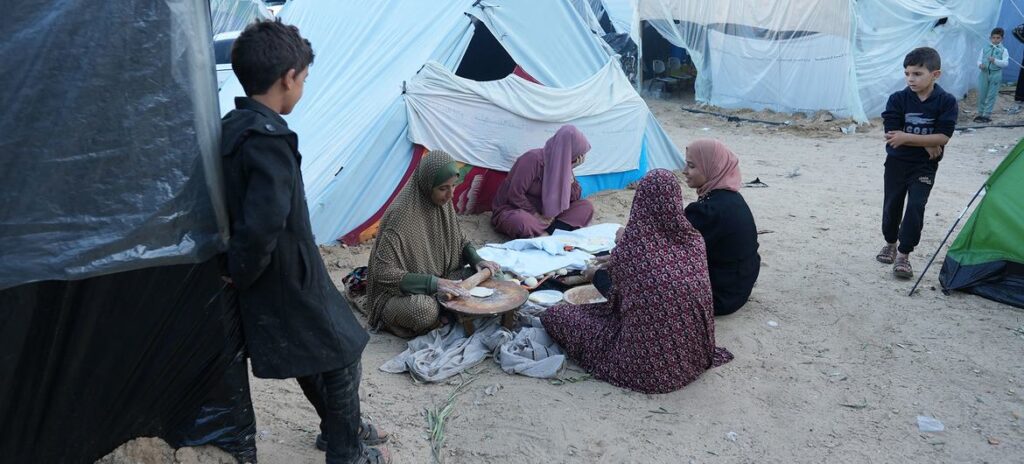
In a warning of another night of heavy bombardment in the enclave, the UN agency assisting Palestinian refugees said: UNRWAsaid that Gazans fleeing the southern city were forced to don a series of seat beltswaterfront shelters becauseOn the coast, the refugee camps are already full.
Just a few weeks ago, Khan Younis was abandoned after heavy Israeli bombardment damaged or destroyed homes and buildings. But families with few other options moved there after the Israeli Defense Forces (IDF) entered Rafah in early May.
“It’s another devastating blow to the humanitarian response here, it’s another devastating blow to the people, the families on the ground. It seems they’ve been forcibly displaced time and time again,” said Louise Wateridge, Senior Communications Officer at UNRWA.
‘Impossible decisions’
Those forced to relocate now had to make a series of “impossible” decisions, she added.
“How do parents decide where to go; where to go?? Already this morning, right in the middle of Gaza, along the coastal road, you can see the makeshift shelters all the way to the shoreline, all the way to the incoming water. It’s completely full of families who have already had to move.”
The UNRWA official noted that heavy bombardments have continued “in the north, center and south of the Gaza Strip… no place is safe. Already on the ground we see families moving away from this area. There is more chaos and panic on the ground.”
Despite a lack of fuel and security, Ms Waterridge insisted the UN agency continued to provide water, food parcels, flour, diapers, mattresses, tarpaulins and health care.
“But it is becoming almost impossible for the UN to provide any kind of response due to the Israeli-imposed siege… and now further displacement orders which again affect our access to the Kerem Shalom crossing to receive aid.”
The UN World Health Organization (WHO) highlighted how the lack of fuel supplies has “significantly compromised” healthcare in the enclave.
Fuel scarce
Gaza’s health care system alone requires 80,000 liters of fuel daily to function, but only 195,000 to 200,000 liters last arrived in late June; “no fuel has entered Gaza since then” through Kerem Shalom, said Dr. Hanan Balkhy, regional director for the Eastern Mediterranean.
The WHO official said via video link from Jerusalem that the shipment was to be shared by all sectors, including water, sanitation and hygiene (WASH), and that 70,000 liters were needed per day.
“As a result, hospitals are once again experiencing fuel shortages, posing the risk of critical services being disrupted and injured people dying as ambulance services are delayed due to fuel shortages,” said Dr Balkhy, adding that petrol and diesel shortages are also affecting essential water and sanitation services such as water, delivery, sewage pumping and waste collection.
Sickness worries
From June 15 to 23, the water and sanitation cluster received less than five percent of the fuel needed daily to keep services running and as a result, water service providers “are being forced to ration the operation of municipal groundwater wells and the two operating desalination plants, further reducing water production.”
This “contributes significantly to the spread of diseases,” the WHO official continued, pointing to the worrying increase in the number of adults and children suffering from waterborne diseases such as hepatitis A, diarrhea, skin diseases and others.

